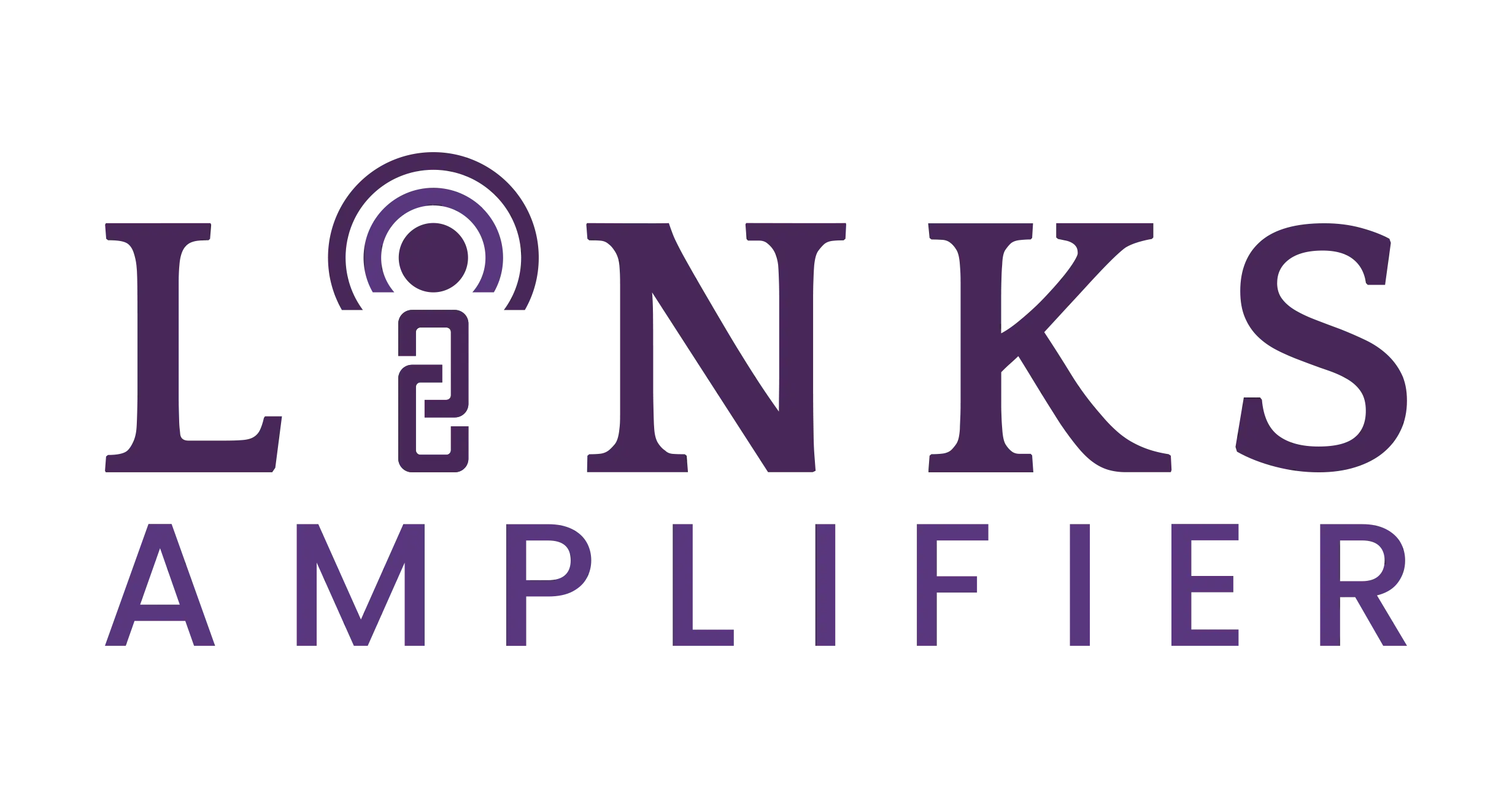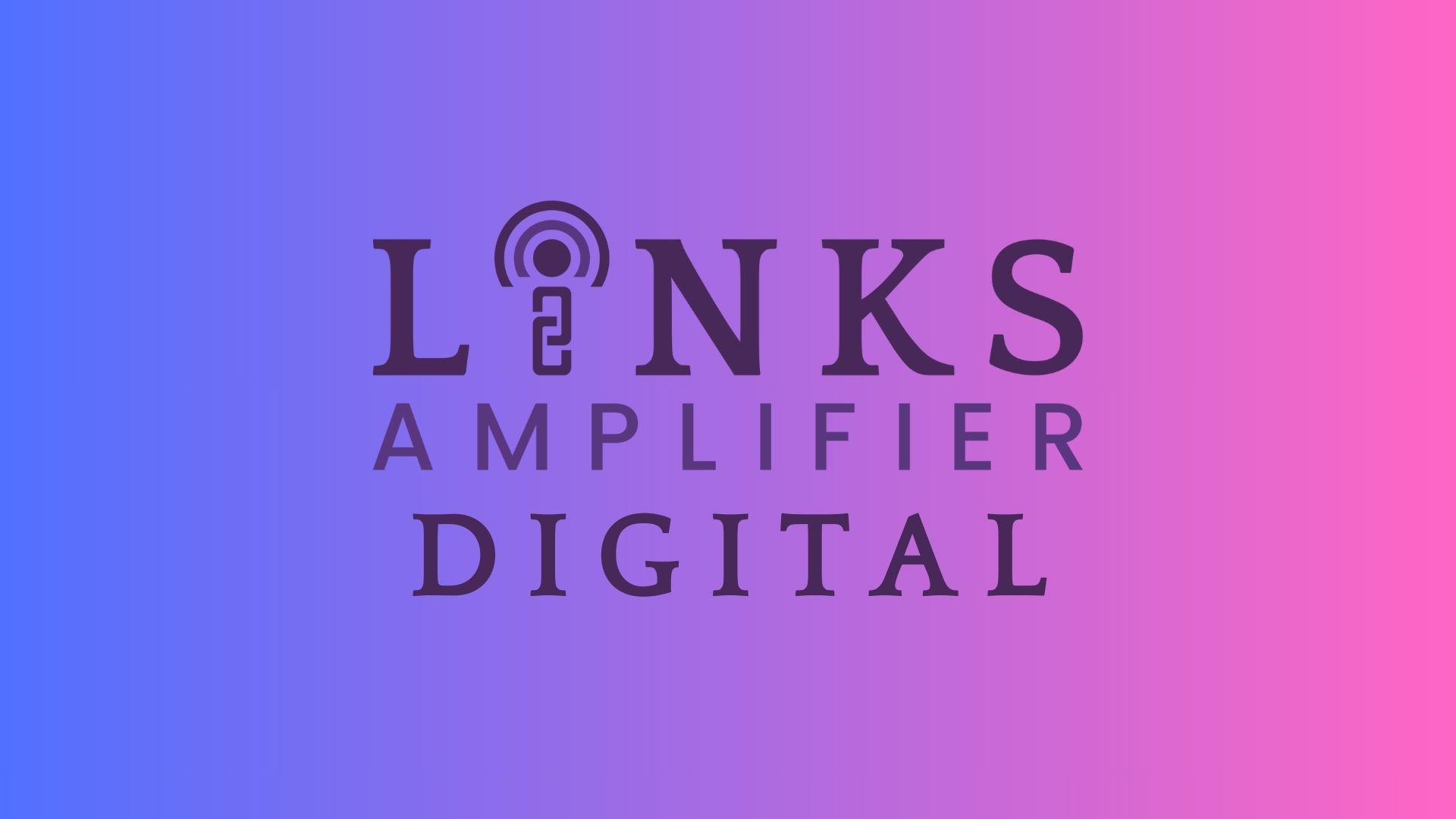Link building has evolved beyond simply collecting backlinks. Today’s SEO professionals understand that brand mentions—references to a company’s name, products, or services without direct links—have become equally valuable for building online authority and visibility.
Brand mentions now influence search rankings and AI-driven results just as much as traditional backlinks, with 80.9% of SEO experts believing they directly impact rankings. These unlinked references help search engines and AI systems understand a brand’s credibility and relevance within its industry. When respected websites mention a brand, they signal trustworthiness to both human readers and search algorithms.
This shift requires marketers to expand their strategies beyond hunting for dofollow links. Understanding how to identify, monitor, and convert brand mentions into valuable SEO assets has become essential for maintaining competitive visibility. The most successful brands now treat mentions as stepping stones to stronger relationships, better rankings, and increased recognition across all search platforms.
The Role of Brand Mentions in Link Building
Brand mentions serve as building blocks for modern SEO strategies, working alongside traditional backlinks to boost search visibility. They create trust signals that search engines use to measure brand authority and relevance in search results.
Brand Mentions Versus Traditional Backlinks
Traditional backlinks are direct links from one website to another. They pass authority through hyperlinks and have been the main focus of SEO for years.
Brand mentions work differently. They reference a company name without including a clickable link. These mentions still signal to search engines that people are talking about a brand.
Key differences include:
- Backlinks require active linking from publishers
- Brand mentions happen naturally in conversations
- Backlinks face penalties if obtained through manipulation
- Brand mentions are harder to fake or manipulate
Search engines now recognize both signals as valuable. Google’s algorithms can connect unlinked brand names to websites without needing direct links.
This shift happened because many publishers avoid linking out due to SEO concerns. Sites like Wikipedia and major news outlets often mention brands without linking to avoid potential penalties.
Linked and Unlinked Brand Mentions
Linked brand mentions include both the brand name and a hyperlink to the company’s website. These carry more SEO weight because they pass direct authority.
Unlinked mentions only reference the brand name without any clickable link. They still provide value by building brand awareness and trust signals.
Linked mentions offer:
- Direct traffic to websites
- Authority transfer between sites
- Clear connection signals to search engines
Unlinked mentions provide:
- Brand awareness without risk to publishers
- Natural conversation inclusion
- Sentiment signals about brand reputation
Both types matter for SEO success. Publishers feel safer making unlinked mentions, so they happen more often than traditional backlinks.
Smart businesses track both types and reach out to convert unlinked mentions into linked ones when possible.
How Brand Mentions Influence Search Rankings
Search engines use brand mentions as trust signals when ranking websites. Frequent mentions from quality sources suggest a brand is relevant and trustworthy.
Google’s algorithms analyze the context around brand mentions. Positive discussions in industry publications carry more weight than random social media posts.
Ranking factors include:
- Volume of mentions across the web
- Authority of websites making mentions
- Sentiment expressed in the content
- Relevance to search queries
Brand mentions help with entity recognition. This means search engines better understand what a company does and when to show it in results.
Local businesses benefit especially from mentions in community publications. These signals help with local search rankings and map listings.
The impact grows over time as mentions accumulate. Consistent brand discussions create stronger authority signals than isolated backlink campaigns.
Understanding the Types and Value of Brand Mentions
Brand mentions exist in three distinct forms, each offering unique value for search engines and AI systems. Linked mentions provide direct authority signals, while unlinked mentions build brand awareness and trust without transferring link equity.
Linked Brand Mentions Explained
Linked brand mentions combine traditional backlink authority with brand recognition signals. These mentions include a clickable link that directs users to the brand’s website.
Search engines treat linked mentions as strong trust signals. The combination of brand name and hyperlink creates powerful ranking factors that boost both domain authority and brand credibility.
Key benefits include:
- Direct referral traffic to your website
- Link equity transfer from the mentioning site
- Enhanced brand visibility in search results
- Stronger association between brand and target keywords
Linked mentions work best when they appear in relevant content contexts. A tech blog linking to your software company carries more weight than an unrelated lifestyle site.
The anchor text in the linked mentions also matters. Brand name anchors help search engines understand your business identity and build topical relevance.
Unlinked Brand Mentions in SEO
Unlinked brand mentions reference your company name without including a clickable link. These citations have gained importance as search engines become better at understanding entity relationships.
Modern AI systems can connect unlinked mentions to your brand without direct links. This helps build brand awareness and establishes your company as a recognized entity in your industry.
Unlinked mentions provide value through:
- Brand awareness and recognition building
- Trust signals for search algorithms
- Protection against negative SEO attacks
- Cost-effective brand building opportunities
Studies show that 80.9% of SEO professionals believe unlinked mentions influence search rankings. This makes them valuable targets for outreach campaigns.
Unlinked mentions often appear in news articles, reviews, and social media posts. These placements can be easier to secure than traditional backlinks.
Implied Mentions and Entity Recognition
Implied mentions reference your brand without using the exact company name. These include product names, executive names, or brand-related terms that search engines can connect to your business.
Search engines use entity recognition to understand these connections. When someone mentions your CEO or flagship product, algorithms can link this back to your brand.
Common types of implied mentions:
- Product or service names
- Executive or founder names
- Company slogans or taglines
- Brand-specific terminology
Reviews and testimonials often contain implied mentions. A customer review mentioning your product name helps build brand associations even without your company name.
Entity recognition technology continues to improve. Google and other search engines get better at connecting these indirect references to your brand identity.
This creates opportunities for broader mention tracking. Monitor mentions of key products, leadership team members, and brand-specific terms alongside direct company name mentions.
Brand Mentions and SEO in the Era of AI-Driven Search
AI-driven search engines now prioritize brand mentions as key signals for authority and trust. These mentions help build domain authority through entity recognition and secure visibility in AI-generated responses.
Entity-Based Ranking and Domain Authority
Search engines now use entity recognition to understand brands beyond traditional keyword matching. When sites receive brand mentions from authoritative sources, they signal trust and relevance to AI systems.
Domain authority gets a boost when respected publications mention a brand naturally. These mentions create semantic connections between the brand and industry topics. Search engines view this as validation.
High-quality backlinks remain important. But brand mentions without links also contribute to domain rating improvements. They show search engines that real people discuss and trust the brand.
AI systems analyze mention patterns across platforms. They look at frequency, source quality, and context. Brands mentioned alongside industry leaders gain credibility signals.
The relationship works both ways. Strong domain authority makes it easier to earn more brand mentions. Publishers are more likely to reference established, trusted brands.
AI Visibility and Future-Proofing Your Brand
AI-driven search platforms like ChatGPT and Claude pull information from their training data to answer user questions. Brands with more mentions have higher chances of appearing in these responses.
Voice search and AI assistants rely heavily on brand recognition. When users ask “What’s the best project management tool?”, AI systems reference brands they’ve encountered most often in their training data.
Future-proofing requires building mention volume across diverse sources. Social media posts, blog articles, and forum discussions all contribute to AI visibility. Each mention teaches AI systems about the brand’s relevance.
Consistency matters more than individual high-impact mentions. Regular mentions across multiple channels create stronger entity recognition. AI systems learn to associate the brand with specific topics and solutions.
Businesses should track how often they appear in AI-generated responses. Tools that monitor AI mentions help identify gaps and opportunities for improvement.
Brand Mentions in AI Overviews
Google’s AI Overviews pull information from multiple sources to create comprehensive answers. Brands mentioned in these featured responses gain significant visibility without traditional SEO ranking.
Key factors for AI Overview inclusion:
- High mention frequency across authoritative sources
- Clear association with relevant search queries
- Consistent brand information across platforms
- Strong domain authority from source websites
AI Overviews often feature multiple brands when answering comparison questions. Users see these mentions as recommendations from Google’s AI system. This creates trust and drives website traffic.
The selection process favors brands with diverse mention sources. A brand mentioned in news articles, reviews, and social media has better chances than one with only backlinks from a few sites.
Brands should optimize content to answer common questions directly. When AI systems find clear, factual information about a brand, they’re more likely to include it in overview responses.
Identifying and Monitoring Brand Mentions Online
Finding brand mentions requires the right tools and a clear strategy. Automated tracking systems can scan millions of web pages daily, while specialized SEO platforms offer deeper insights into mention quality and context.
Brand Monitoring Tools and Methods
Free monitoring options provide basic tracking capabilities for small businesses. Google Alerts remains the most accessible starting point for brand mention detection.
Paid monitoring platforms offer more comprehensive coverage. Brand24 tracks mentions across social media, news sites, and forums in real-time. It provides sentiment analysis to show whether mentions are positive, negative, or neutral.
Mention monitors over 1 billion sources daily. The platform identifies influential websites and people discussing your brand. Users can filter results by language, location, and publication type.
Social media monitoring requires specific attention. Platforms like Twitter, LinkedIn, and Instagram often contain unlinked brand mentions. These mentions can turn into valuable backlinks with proper outreach.
Manual searching still has value. Searching for your brand name in quotes on Google reveals recent mentions. Adding terms like “review” or “mentions” can uncover additional opportunities.
Google Alerts and Automated Tracking
Google Alerts sends email notifications when new mentions appear online. Setting up alerts takes less than five minutes and incurs no additional costs.
Creating effective alerts starts with choosing the right keywords. Use your exact brand name in quotes for precise matches. Add product names and key executives as separate alerts.
Alert frequency matters for response time. Daily alerts are most effective for active brands. Weekly alerts are suitable for smaller companies with fewer mentions.
Filtering results helps focus on quality mentions. Look for mentions from news sites, industry blogs, and high-authority websites. These sources typically offer the best opportunities for backlinks.
Advanced search operators improve alert quality. Use the minus sign to exclude unwanted terms. For example: “Your Brand” -site.com excludes mentions from your own site.
Automated tracking saves hours of manual searching. Google Alerts covers most major websites and news sources across the internet.
Leveraging Ahrefs and Semrush
Ahrefs Alerts focuses on backlink opportunities. The tool sends notifications when competitors gain new backlinks or when your brand gets mentioned without links.
Set up content alerts for your brand name. Ahrefs will notify you when new pages mention your brand. The platform shows domain authority scores to help prioritize outreach efforts.
Semrush Brand Monitoring tracks mentions across news sites, blogs, and social platforms. The tool provides detailed analytics about mention volume and sentiment trends.
Semrush shows competitor mentions alongside your own. This reveals websites that mention competitors but not your brand. These sites make excellent outreach targets.
Backlink analysis features in both platforms help identify mention quality. Check the domain’s authority score and existing backlink profile. Focus outreach on high-quality sites with a strong online reputation.
Both tools integrate with other SEO features. You can analyze competitor strategies while monitoring your own brand mentions. This creates a complete picture of your industry’s link-building landscape.
Converting Brand Mentions Into High-Quality Backlinks
Turning unlinked mentions into valuable backlinks requires strategic outreach and relationship building. Success depends on targeting high-quality sites and crafting compelling requests that benefit both parties.
Outreach for Unlinked Mentions
The first step involves finding the right contact person for each unlinked mention. Website owners and content creators are more likely to add links when approached professionally.
Email addresses can be found through:
- Contact pages on the website
- Author bio sections
- Social media profiles
- Email finder tools
The outreach message should be brief and specific. It needs to mention the exact article and explain why adding a link would benefit their readers.
Key elements of effective outreach:
- Personalized subject line
- Reference to the specific mention
- Clear value proposition
- Professional but friendly tone
Most successful requests happen within 48 hours of finding the mention. Fresh content is easier to update than older articles.
The message should focus on helping their audience rather than asking for favors. This approach leads to better response rates and stronger relationships.
Relationship Building and Link Acquisition
Building long-term connections increases the chances of getting links from unlinked mentions. Content creators remember positive interactions and are more helpful in future requests.
Social media engagement helps establish rapport before sending emails. Sharing their content or leaving thoughtful comments creates familiarity.
Relationship-building tactics include:
- Following them on social platforms
- Commenting on their blog posts
- Sharing their content with audiences
- Offering helpful resources
Some website owners prefer different communication methods. LinkedIn messages are more effective for B2B sites, while Twitter or X may be a better fit for lifestyle bloggers.
Response rates improve when:
- The requester has an established online presence
- Previous positive interactions exist
- The request comes from a recognized brand
- Mutual connections can make introductions
Follow-up messages should wait at least one week. A gentle reminder with additional value often gets results when the first email doesn’t.
Maximizing Link Equity from Positive Mentions
Not all backlinks provide the same SEO value. High-quality backlinks from sites with strong domain authority pass more link equity than low-authority links.
Factors that increase link value:
- High domain authority of the linking site
- Relevant anchor text placement
- Links within main content areas
- Pages with existing organic traffic
The placement of the link matters significantly. Links in the main body text carry more weight than those in sidebars or footers.
Anchor text optimization helps search engines understand the linked page’s topic. Natural phrases work better than exact match keywords for avoiding penalties.
Some mentions appear on multiple pages of the same website. Requesting links from the highest-traffic pages maximizes the SEO benefit.
Link equity increases when:
- The linking page has a high URL rating
- Multiple internal links point to the linking page
- The content topic closely matches the linked site
- The link appears early in the article
Tracking the success of converted mentions helps identify which types of sites provide the most value for future link building efforts.
Conclusion
Brand mentions play an essential role in modern link building, going beyond traditional backlinks to boost brand visibility and search relevance. In a search environment shaped by AI and entity recognition, these mentions act as digital signals of trust and authority.
When properly tracked and utilized, both linked and unlinked mentions help strengthen domain authority, improve SEO rankings, and enhance brand awareness. They also open doors for building relationships with publishers and turning natural recognition into high-quality backlinks.
SEO has always been more about credibility, consistency, and authentic engagement than about link quantity. Incorporating brand mentions into your link-building strategy helps your business achieve lasting growth, build stronger authority, and maintain visibility across ever-evolving search platforms.


